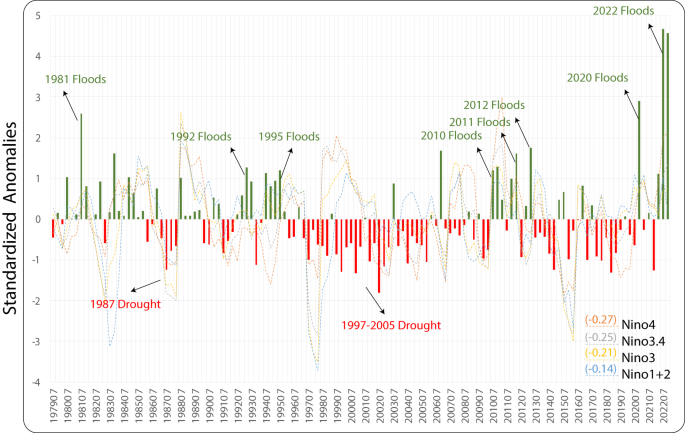汚染が減れば積雪量も減り、きれいになる Less pollution means a cleaner, less diminished snowpack
2023-10-12 パシフィック・ノースウェスト国立研究所(PNNL)
◆研究では、温暖化、汚染、ほこり、雪の粒子形状など、積雪量に影響を与える要因が評価されました。特に温暖化と汚染が将来の積雪量に最も大きな影響を与えることが示されました。クリーンな雪は、温暖な気温による雪の減少を一部相殺します。将来、クリーンな雪の増加が期待される一方で、気温上昇は積雪量に悪影響を及ぼします。
<関連情報>
- https://www.pnnl.gov/news-media/cleaner-snow-boosts-future-snowpack-predictions
- https://www.nature.com/articles/s41467-023-41732-6
よりクリーンな雪の未来が、温暖化による北半球の積雪量減少を緩和する A cleaner snow future mitigates Northern Hemisphere snowpack loss from warming
Dalei Hao,Gautam Bisht,Hailong Wang,Donghui Xu,Huilin Huang,Yun Qian & L. Ruby Leung
Nature Communications Published:02 October 2023
DOI:https://doi.org/10.1038/s41467-023-41732-6

Abstract
Light-absorbing particles (LAP) deposited on seasonal snowpack can result in snow darkening, earlier snowmelt, and regional climate change. However, their future evolution and contributions to snowpack change relative to global warming remain unclear. Here, using Earth System Model simulations, we project significantly reduced black carbon deposition by 2081-2100, which reduces the December-May average LAP-induced radiative forcing in snow over the Northern Hemisphere from 1.3 Wm−2 during 1995-2014 to 0.65 (SSP126) and 0.49 (SSP585) Wm−2. We quantify separately the contributions of climate change and LAP evolution on future snowpack and demonstrate that projected LAP changes in snow over the Tibetan Plateau will alleviate future snowpack loss due to climate change by 52.1 ± 8.0% and 8.0 ± 1.1% at the end of the century for the two scenarios, mainly due to reduced black carbon contamination. Our findings highlight a cleaner snow future and its benefits for future water supply from snowmelt especially under the sustainable development pathway of SSP126.



